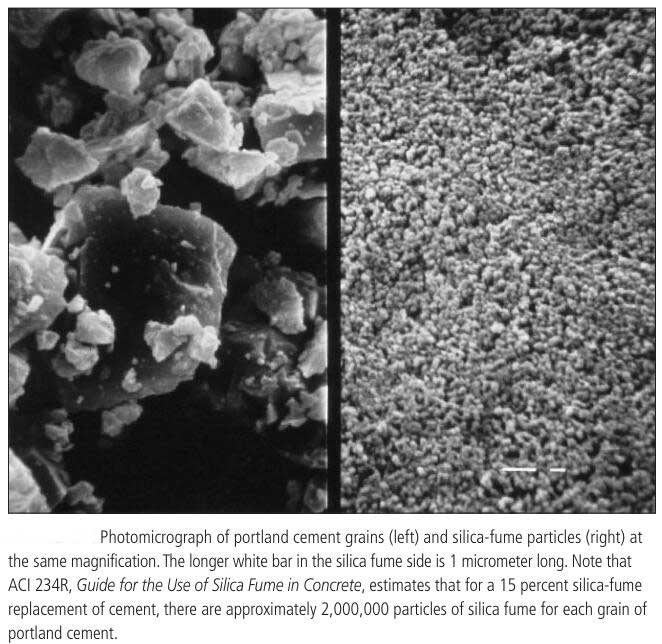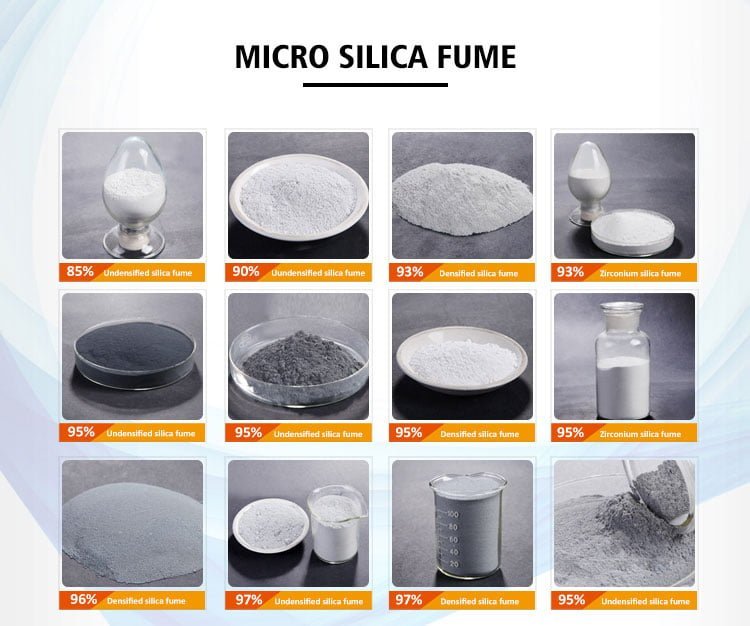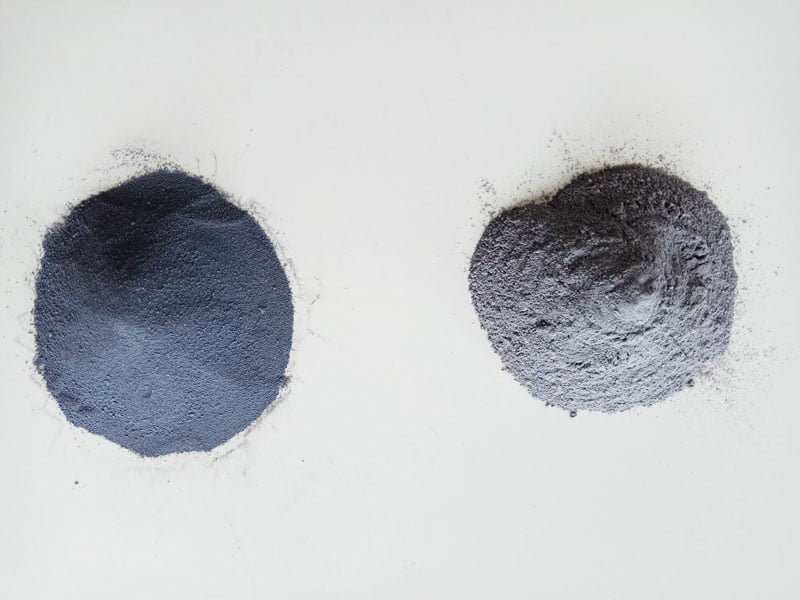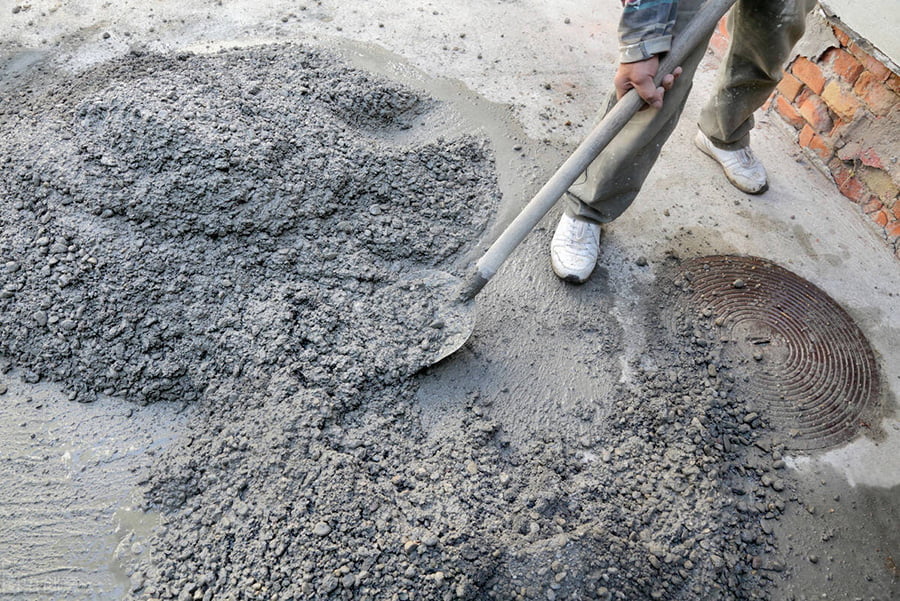Chemical properties of silica fume:
– Amorphous;
– Silicon dioxide > 85%;
– Trace elements depending upon type of fume
Amorphous:
This term simply means that silica fume is not a crystalline material. A crystalline material will not dissolve in concrete, which must occur before the material can react. Don’t forget that there is a crystalline material in conocrete that is chemically similar to silica fume. That material is sand, while sand is essentially silicon dioxide (SiO2), it does not react because of its crystalline nature.
Silicon dioxide (Si02):
This is the reactive material in silica fume.
Trace elements:
There may be additional materials in the silica fume based upon the metal being produced in the smelter from which the fume was recovered. Usually these materials have no impact on the performance of silica fume in concrete.
Physical properties of silica fume:
Partical size (typical): < 1 um
Bulk density: undensified: 130-430 kg/m3 densified: 480-720 kg/m3
Specific gravity: 2.2
Specific surface: 15000 – 30000 m2/kg
Partical size:
Silica fume particales are extremely small, with more than 95% of the particles being less than 1 um (one micrometer). Particle size is extremely important for both the physical and chemical contributions of microsilica in concrete.
Bulk density:
This is just another term for unit weight. The bulk density of the as-produced fume depends uopn the metal being made in the furnace and upon how the furnace is operated. Because the bulk density of the as-produced silica fume is usually very low, it is not very economical to transport it for long distance.
Specific gravity:
Specific gravity is a relative number that tells how silica fume compares to water, which has a specific gravity of 1.0. Silica fume specific gravity is 2.2, which is somewhat lighter than portland cement, which has a specific gravity of 3.15. Thus, adding silica fume to concrete mixture will not density the concrete in terms of increasing the density of the concrete.
Specific surface:
Specific surface is the total surface area of a given mass of a material. Because the particles of silica fume are very small, the surface area is very large. We know that water demand increases for sand as the particles become smaller; the same happens for silica fume. This fact is why it is necessary to use silica fume in combination with a water-reducing admixture or a superplasticizer. Specific surface determinations based on sieve analysis or air-permeability tesing are meaningless for silica fume.





